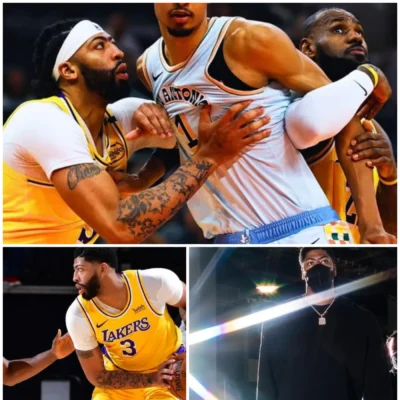“I, Robot” Director Claims Elon Musk’s Tesla Designs Were Inspired by His 2004 Film
In a recent social media post, I, Robot director Alex Proyas has suggested that Tesla’s innovative products, such as the Optimus robot, Cybercab, and Robovan, were directly inspired by the 2004 sci-fi film. On October 14, Proyas took to X (formerly Twitter) with a post that read, “Elon, can I have my designs back?” The statement has garnered widespread attention, reaching over 7.5 million views.
Accompanying Proyas’s post is a comparison image that juxtaposes scenes from I, Robot with Tesla’s products. In the images, Tesla’s Optimus robot bears a resemblance to the film’s robot police force, while the Robovan and Cybercab share stylistic similarities with futuristic vehicles depicted in I, Robot.

Tesla’s “We, Robot” Event Sparks Comparisons to Sci-Fi
The controversy began following Tesla’s We, Robot event on October 10, where the company showcased the Cybercab driverless taxi, a new Robovan model, and debuted Optimus for public demonstration. However, Optimus’s seemingly autonomous behavior at the event raised suspicions among viewers who speculated that the robot might actually be remotely controlled.
Proyas’s post sparked a lively debate, with many users commenting on the undeniable similarities between Tesla’s products and the design elements from I, Robot. While some supported Proyas’s claim, others argued that bringing ideas from science fiction to reality should be celebrated, not criticized. “He inspired the future but is now trying to blame the person who made it happen,” commented user Stepfanie Tyler, acknowledging the fine line between inspiration and imitation in technological advancements.

The Lasting Influence of I, Robot
Released in 2004, I, Robot was loosely based on Isaac Asimov’s 1950 short story series, exploring a futuristic world where robots live among humans and follow strict ethical guidelines. Set in Chicago in 2035, the story follows a detective (played by Will Smith) tasked with investigating a crime involving a police force made up of robots. The film delves into Asimov’s famous “Three Laws of Robotics,” which are:
1. A robot may not harm a human or, through inaction, allow a human to come to harm.
2. A robot must obey orders given by humans unless such orders conflict with the first law.
3. A robot must protect its own existence as long as such protection does not conflict with the first or second laws.
The film portrays a society increasingly dependent on robots, with the detective remaining skeptical of the robots’ seemingly “absurd” rules, ultimately leading him on a quest to uncover the true nature of their programming.

A Discussion on Creativity, Innovation, and Ethics
Many analysts have pointed out that sci-fi films and literature have long inspired real-world technological developments. Concepts like the driverless Cybercab or humanoid robots can indeed be traced back to the visions of classic sci-fi writers and filmmakers. I, Robot, with its exploration of AI and robotic ethics, remains one of the more iconic representations of a robot-filled future, and some argue that Tesla’s designs are simply the next step in bringing those fictional ideas to life.
Proyas himself is well-known for other visionary films, such as The Crow (1994) and Dark City (1998). The director has a particular focus on dystopian futures and recently began work on a new AI-themed film, with an upcoming sci-fi project titled RUR currently in production.

The Larger Impact of Sci-Fi on Real-World Technology
The impact of films like I, Robot on today’s robotics and AI technologies reflects the power of storytelling in shaping societal expectations. With humanoid robots and self-driving cars becoming more common, the comparisons drawn between Tesla’s products and I, Robot could raise discussions on the ethical frameworks guiding real-world AI development. At Tesla’s recent event, the Optimus robot was presented as a symbol of what autonomous robots might accomplish. However, many viewers were left questioning how autonomous Tesla’s robots truly are and how closely they align with the independent AI systems depicted in I, Robot.
As Tesla continues to push the boundaries of technology, Proyas’s claims invite reflection on where the line lies between inspiration and originality.














Post Comment